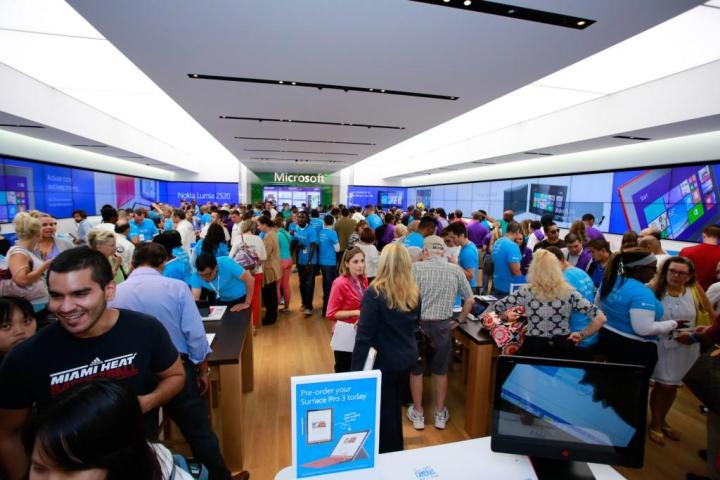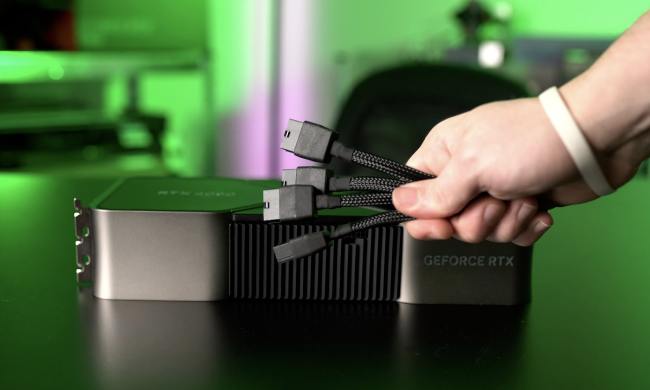
The computer giant currently has around 110 brick-and-mortar stores in the U.S. and Canada, together with 17 store-in-store locations in China.
Its flashy new Sydney store will open “later this year” at Westfield Sydney on Pitt Street Mall – one of Australia’s busiest and most vibrant shopping areas – with staff on hand to guide visitors through try-outs of its growing range of products, among them Windows PCs, Surface devices, Windows Phones, the Xbox One, Office, and more.
There’ll also be an Answer Desk, which acts as “a one-stop shop for questions, troubleshooting, repairs and support for all Microsoft software and hardware.” Yes, it does sound rather like the Apple Store’s Genius Bar, doesn’t it.
And, according to the company, it’s not all about sell, sell, sell. It wants to get involved in local events, too, saying it’s “committed to being part of the fabric of the local community in which we’ll operate.”
In addition, the company is promising to “regularly donate volunteer hours, host community events, offer training workshops, support science, technology, engineering, and mathematics education, and build deeper relationships with our customers,” adding that it wants its new location to be a place for “engaging experiences.”
Microsoft opened its first retail store in 2009, but up to now has stuck mainly to North America with its brick-and-mortar efforts. The Sydney store could mark the beginning of a more determined expansion into other parts of the world over the next couple of years, with the company possibly looking at how it might emulate Apple’s huge success in the retail sector.
Microsoft CEO Satya Nadella said shortly after taking the reins at the company last year that if the conditions were right, a bigger retail presence was likely.
“The goal of our retail business is to support our consumer business,” Nadella said. “As long as it makes sense for us to expand, economically, we will.”
[Source: Microsoft]


